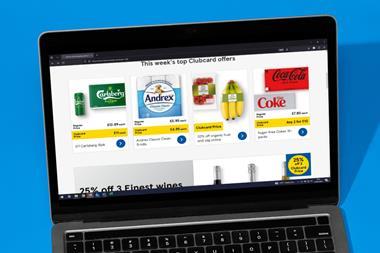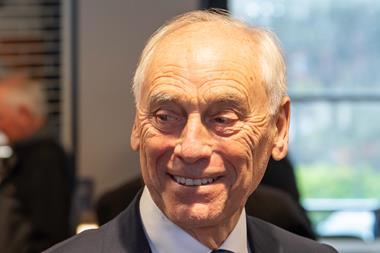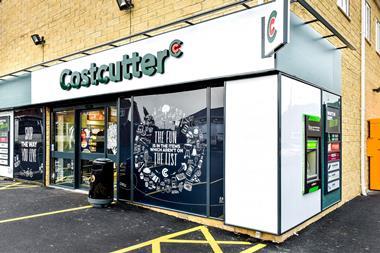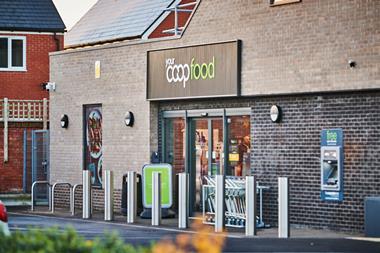It’s a well-worn phrase, but yesterday really was the end of an era for Costcutter and Nisa.
The distribution agreement between the two companies expired yesterday, ending an association that has spanned an incredible 27 years.
The Grocer revealed in March last year that instead of extending its contract with Nisa, Costcutter had decided to join forces with wholesaler Palmer & Harvey.
An eight-year distribution deal was confirmed shortly afterwards, and the formation of a joint buying venture called The Buyco was announced to negotiate “the best deals through maximum volume”. P&H also handed over the direct management of its symbol fascias Mace, SuperShop and Your Store to Costcutter.
It hasn’t been all plain sailing to get to yesterday. The Grocer revealed in April that Costcutter had apologised to retailers in Northern Ireland after hitting problems when it started to migrate retailers over to P&H there. The Grocer understands these problems have persisted as migration has gathered pace, with some Costcutter retailers continuing to report delivery and availability problems. A number of retailers have also chosen to leave Costcutter for Nisa.
Issues are to be expected as a move as big as this beds in and retailers get used to the changes, but it will be interesting to see how long retailers will be prepared to wait for any disruption to die down. They should be patient, however, because although it is the end of an era, it is also the start of a brave new world for not only Costcutter, Nisa and P&H, but also for the wider convenience symbol sector.
For Costcutter, the move puts it “in control of our own destiny”, as CEO Darcy Willson-Rymer told The Grocer earlier this year. This is because it will be able to control its own pricing, promotions and own-label ranges. It has also launched new technology and has big expansion plans - last month owner Bibby Line Group said it wanted to see Costcutter grow its store estate from around 2,500 stores now to 6,000 in the future.
Nisa has lost its biggest member, but the symbol group has already made a number of changes that has seen it become much more consumer-focused, with a new strategy, new store formats, a revamp of its popular Heritage own-label range and a recent TV ad campaign that was very well received. More initiatives are on the cards, too.
P&H, meanwhile, has gained a huge new distribution contract. It is focussing on its wholesale distribution strengths but has also extended its reach further into the independent sector.
All of this can only be good news for the future of the symbol market. With such strong players in Costcutter and Nisa upping their game, and many of their rivals also reporting strong trading, symbols will become all the more competitive, improving store standards and standing up to the continued encroachment of the multiples into convenience.















2 Readers' comments